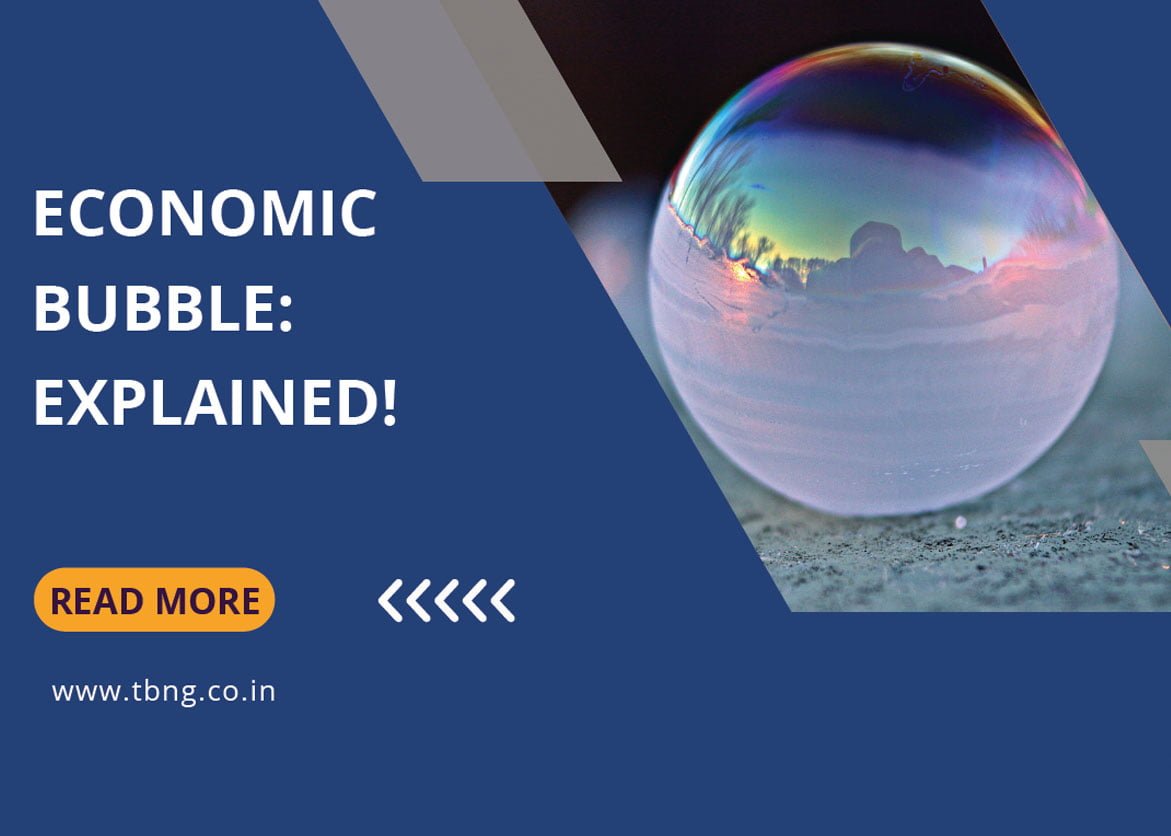The size of a soap bubble is dependent on the amount of air it envelopes. The more air blown in, the larger the surface of the bubble grows. Until it reaches its limits of expansion and then… POP!
Much like the construct of a soap bubble is the ‘Asset Bubble’. This could be a specific organization’s stock, a specific asset class or even a whole sector (classic example the dot com bubble of 2000). There is a limit to the inflation of asset values. Overvaluations over long periods cause rise in demand, price inflation beyond its true value to a point at which investors begin to either stop investing or book profits and pull out causing a dip in prices. Then comes the domino effect coupled with investor emotions that kick in until there is drastic drop in the asset’s value.
The financial market thrives on speculation. Consider a well-known fact how top cigarette brands suddenly become unavailable days before the budget and miraculously appear in shelves post budget selling at the newly pegged higher price. One could term this as a minor speculative move, something that is used in various forms in the financial market. It is these speculative moves in the financial market that cause Asset Bubbles.
When as Asset Bubble or an Economic Bubble burst, especially in established markets like the US, its repercussions can be tremendous and felt across global markets due to our interconnectedness. Economies are affected and the aftermath causes recession. Take into consideration US’s Real Estate bubble of 2008 that caused severe recession across economies.
So how can an investor identify a growing bubble?
Unlike an instant soap bubble, an economic Bubble grows over a long period of time. There are ways how investors can identify these bubbles across its various stages. Here are the 5 stages defined by Economist Hyman P. Minsky. While they are defined as stages to a credit lifecycle, they are applicable to asset bubbles as well.
1) Displacement: A new paradigm begins to pique the interest of investors. This could be a fantastic new opportunity, an innovative idea, or cutting-edge technology. You take the instance of the sudden surge for virtual meeting technology caused by lockdowns during the pandemic.
2) Market Boom: Initially, there is a steady rise in the asset’s prices. Soon its upward trajectory is noticed and more investors begin to invest for a share in the pie. The asset begins to attract a lot of attention with investors choosing to take on credit to purchase the asset.
3) Euphoria: At this stage valuations reach its extreme. Investors continue to carelessly ride the wave ignoring the clear signs that indicate overvaluation.
4) Bursting of the Bubble: Proof of elevated valuations become blaringly clear. Most dub this as the “Minsky Moment” where investors that the asset may not be able to live up to its valuation for too long. At this point there is either stagnation of further investments for a long period or an inverted curve begins to appear with smart investors recognizing the warning signs and cashing out to book profits.
5) Panic: The asset’s price begins to dip quickly with traders having to take calls on pulling the plug since the investment yields no returns. This selling causes panic and triggers a massive sell-off with investors eager to cash out to save their principal at any cost.
Market corrections are usually seen as opportunities to rejig your portfolio based on the current market scenario and build a robust portfolio that meets continues to serve your set financial goals. As investors it is essential to know how to decipher and tread through these different stages of an Economic Bubble. Staying informed and aware can help you make the right financial decisions and avoid financial pitfalls.
Where do you think we stand based on the current market cycle?






